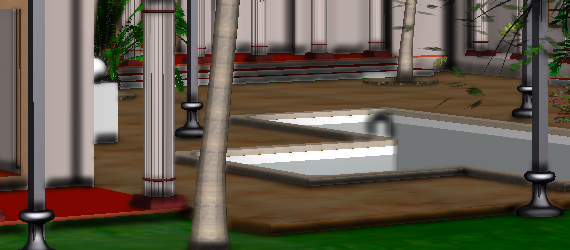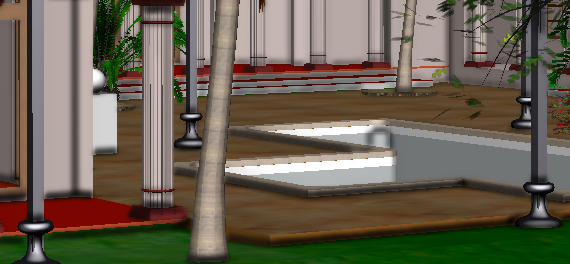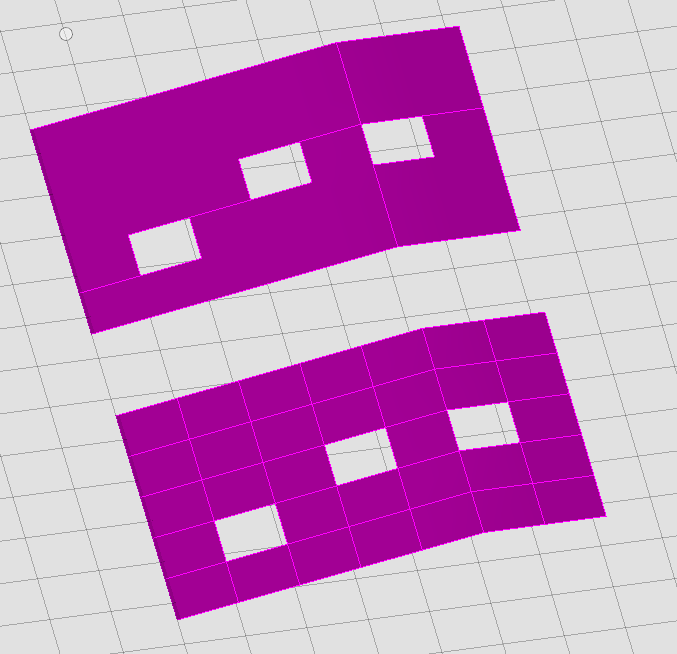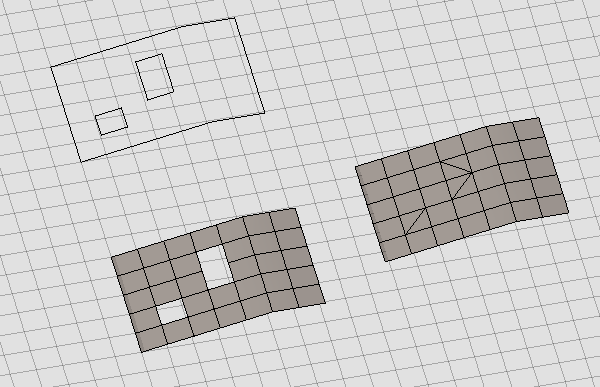3.4.0 Change Notes
Table of contents:
- Electron 17 support
- IModelSchemaLoader replaced
- Improved link table selection
- Cloud storage changes
- Display
- Presentation
- Geometry
- Deprecations
Electron 17 support
In addition to the already supported Electron 14, iTwin.js now supports Electron versions 15, 16, and 17. At the moment, support for Electron 18 and 19 is blocked due to a bug in the V8 javascript engine.
IModelSchemaLoader replaced
The IModelSchemaLoader class has been replaced with SchemaLoader for obtaining schemas from an iModel. This allows us to remove the @itwin/ecschema-metadata dependency from @itwin/core-backend.
SchemaLoader can be constructed with any function that returns ECSchemaProps when passed a schema name string.
Improved link table selection
Previously when we did SELECT * on a link table, it would only return ECInstanceId, ECClassId, SourceECInstanceId and TargetECInstanceId. It would omit SourceECClassId and TargetECClassId. Those two omitted columns are now included in the query result rows.
Cloud storage changes
The existing beta implementations of cloud storage tile cache (CloudStorageService - AzureBlobStorage, AliCloudStorageService) have been deprecated in favor of the iTwin/object-storage project, which exposes a unified cloud-agnostic object storage interface in turn simplifying the setup of Microsoft Azure or S3 based (OSS, MinIO) cloud storage providers.
CloudStorageService remains to support older frontends, however the new implementation of cloud storage still has to be setup. This is done automatically if IModelHostOptions.tileCacheAzureCredentials are used.
A different cloud provider may be set in IModelHostOptions.tileCacheStorage and IModelAppOptions.tileAdmin.tileStorage, which could be any of the implementations iTwin/object-storage provides.
Display
Custom terrain providers
Previously, 3d terrain required access to Cesium World Terrain, a paid service. Now, applications can use their own sources of 3d terrain by registering a TerrainProvider and implementing a TerrainMeshProvider to produce 3d terrain meshes.
The name of the provider is stored in TerrainSettings.providerName. The default is "CesiumWorldTerrain".
See BingTerrainProvider for an example of a custom terrain provider.
Ambient occlusion improvements
The ambient occlusion effect has undergone some quality improvements.
Changes:
- The shadows cast by ambient occlusion will decrease in size the more distant the geometry is.
- The maximum distance for applying ambient occlusion now defaults to 10,000 meters instead of 100 meters.
- The effect will now fade as it approaches the maximum distance.
Old effect, as shown below:

New effect, shown below:

For more details, see the new descriptions of the texelStepSize and maxDistance properties of AmbientOcclusion.Props.
Improved display transform support
In some cases, geometry is displayed within a Viewport at a different location, orientation, and/or scale than that with which it is persisted in the iModel. For example:
- A DisplayStyle may use PlanProjectionSettings.elevation to adjust a plan projection model's position on the Z axis.
- A ModelDisplayTransformProvider may supply Transforms to be applied to specific models.
- A RenderSchedule.Script may apply Transforms to groups of elements belonging to a RenderSchedule.ElementTimeline.
Tools that interact both with a Viewport and with persistent geometry sometimes need to account for such display transforms. Such tools can now use ViewState.computeDisplayTransform to compute the transform applied to a model or element for display. For example, AccuSnap applies the display transform to the snap points and curves received from the backend to display them correctly in the viewport; and ViewClipByElementTool applies it to the element's bounding box to orient the clip with the element as displayed in the viewport.
Wait for scene completion
As you navigate inside a Viewport, Tiles, texture images, and other resources are streamed in asynchronously to display the contents of the view. Sometimes, you may want to wait until the scene has been fully rendered - for example, so that you can capture a complete image of the viewport's contents. Viewport.waitForSceneCompletion provides a Promise that resolves when the scene has been fully rendered. Here's an example that captures an image of the fully-rendered scene:
Presentation
Restoring presentation tree state
It is now possible to restore previously saved Presentation tree state on component mount.
Diagnostics improvements and OpenTelemetry
The Presentation Diagnostics API has been upgraded from @alpha to @beta. Several new features have also been added:
- Ability to retrieve backend version when sending a request from the frontend. See Getting request diagnostics on the frontend section for an example.
- Ability to request diagnostics on the backend at the PresentationManager level. See Getting diagnostics for all requests section for an example.
- Introduced a new
@itwin/presentation-opentelemetrypackage that provides an easy way to convert Presentation Diagnostics objects to OpenTelemetry objects. See Diagnostics and OpenTelemetry section for an example.
Localization changes
Previously, some of the data produced by the Presentation library was being localized both on the backend. This behavior was dropped in favor of localizing everything on the frontend. As a result, the requirement to supply localization assets with the backend is also removed.
In case of a backend-only application, localization may be setup by providing a localization function when initializing the Presentation backend. By default the library localizes known strings to English.
Deprecated APIs:
- PresentationManagerProps.localeDirectories
- PresentationManagerProps.defaultLocale
- PresentationManager.activeLocale
Content sources
Presentation API provides the PresentationManager.getContentSources function to retrieve a list of classes that are used to build content for a given class of elements. It used to create this list based on actual instances in the given iModel, which made the call very expensive on large iModels. Requesting this for bis.Element would result in a response like the following:
It turns out that for purposes this function is intended for, it's not necessary to get concrete classes and their base classes can be used instead. So now, when requesting this for bis.Element, the response is like the following:
This allows the result to be created purely by looking at ECSchemas in the iModel instead of querying actual instances and relationships, which provides an orders of magnitude performance improvement over the previous approach.
Geometry
Coplanar facet consolidation
A new method, PolyfaceQuery.cloneWithMaximalPlanarFacets, can identify groups of adjacent coplanar facets in a mesh and produce a new mesh in which each group is consolidated into a single facet. The consolidated facets are necessarily not triangular and various bridge edges will be present in non-convex facets.

Filling mesh holes
A new method, PolyfaceQuery.fillSimpleHoles, can identify holes in a mesh and produce a new mesh in which some or all of the holes are replaced with facets. Which holes are filled can be controlled using HoleFillOptions to specify constraints such as maximum hole perimeter, number of edges, and/or loop direction.

Deprecations
@itwin/core-transformer
The synchronous void-returning overload of IModelTransformer.initFromExternalSourceAspects has been deprecated. It will still perform the old behavior synchronously until it is removed. It will now however return a Promise (which should be awaited) if invoked with the an InitFromExternalSourceAspectsArgs argument, which is necessary when processing changes instead of the full source contents.
Last Updated: 11 June, 2025